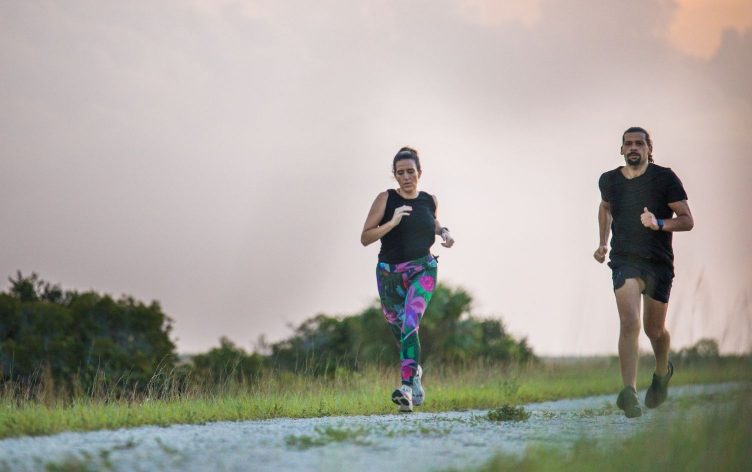Why Running (and Walking) Is Unlikely to Ruin Your Knees

Why Running (and Walking) Isn't Likely to Cause Knee Damage
Kevin Gray is a character in the film Kevin Gray KEVIN GRAY PHOTOGRAPHY 27 AUGUST 2021 NO COMMENTS ARE AVAILABLE SHARE IT:
Why Running (and Walking) Isn't Likely to Cause Knee Damage
You've probably heard that running is quite harmful to your knees. During or after a run, you may have felt the familiar twinge of pain in your knee. Running (and walking) may, however, provide major benefits to your knee cartilage, allowing you to remain healthy and agile as you age, according to a recent study.
When you measure the impact of running on the body, you'll notice that the knees take a beating, absorbing up to three times an individual's body weight with each step. Running, on the other hand, is known to strengthen bones, and a 10-year study indicated that running is not linked to an increased incidence of osteoarthritis.
To find out more, University of Maryland researchers looked at how running affects knee cartilage using gait analysis, musculoskeletal modeling, and knee contact mechanics. Dr. Ross Miller, an associate professor of kinesiology, sought to discover if cartilage can tolerate the stress of running and adapt and become more resilient rather than wearing down, as has been found in animals.
Miller and his colleagues recruited 22 healthy people to run and walk while the researchers recorded data on gait and the force applied with each step. They then developed a computer model to evaluate how healthy knee cartilage might change over time.
They discovered that if cartilage breaks down without rebuilding itself, running and even walking might cause knee damage. Daily walkers had a 36% risk of acquiring arthritis by age 55, whereas daily runners had a 98 percent chance of developing arthritis by age 55, according to the model. Those are some frightening figures. When the researchers took into account the knee's ability to actively heal itself, resulting in thicker, stronger cartilage, the arthritis incidence for both groups dropped to just 13%, which is in line with real-world occurrence.
This isn't to argue that knee pain isn't an issue. Runner's knee, in which the patella slides out of alignment and produces cartilage irritation, is one of the structural abnormalities that can cause pain. Patellar tendinitis, sometimes known as "jumper's knee," is a condition that affects the tendon that connects your kneecap to your shinbone. A tight iliotibial band squeezes a fluid-filled bursa sac between the band and the outside of the knee, causing IT band syndrome.
TWEET THIS ARTICLE BY CLICKING HERE > Regular runners and walkers, rejoice: your knees are most likely safe. #healthyhabitt via @healthyhabitt
However, these are usually minor injuries, whereas cartilage's ability to adapt and repair itself may greatly lessen long-term damage caused by osteoarthritis. “Running accumulates a considerable bit of damage per unit distance traveled,” according to the University of Maryland study, and we'd all have bad knees unless the knees respond and adapt to extend their shelf life.
The researchers determined that running is unlikely to wear away the joint's cartilage because runners do not have a higher prevalence of knee osteoarthritis than non-runners. This is excellent news for joggers and walkers both. So, if you enjoy running, stay going; the numerous health benefits should exceed the risk to your joints.
Make daily progress toward your exercise and diet goals, such as increasing your step count. To stay motivated, go to “Plans” on the MyFitnessPal app for daily coaching and simple assignments.
